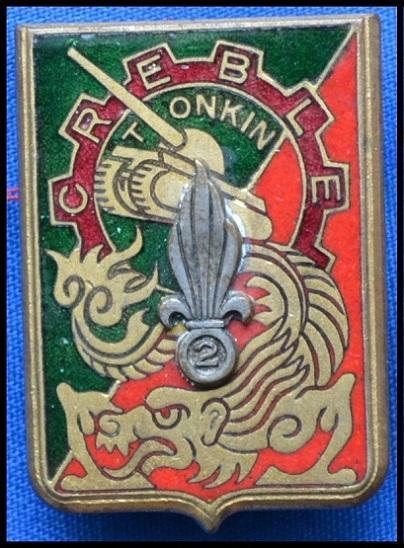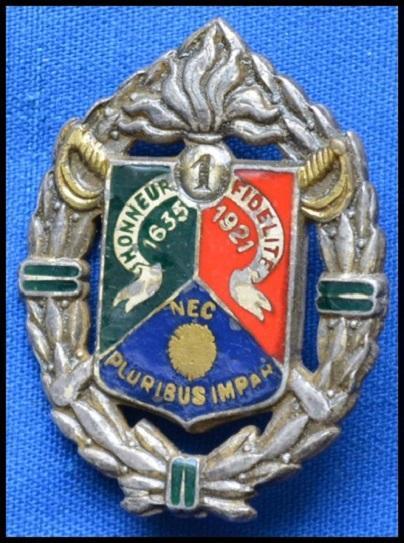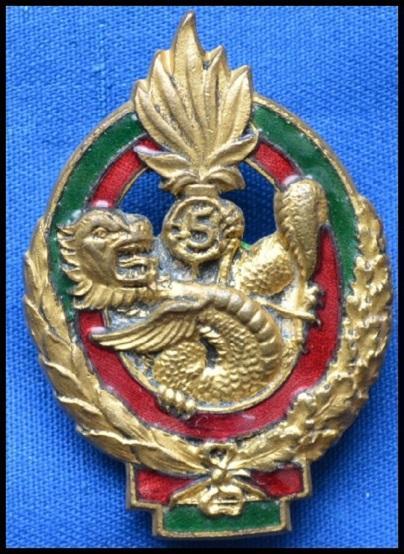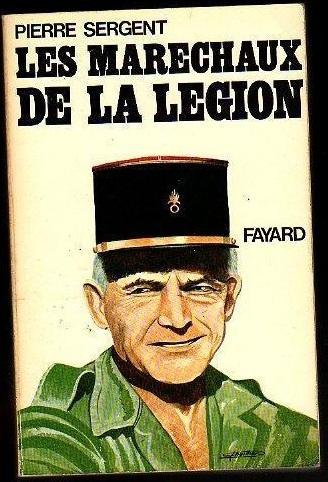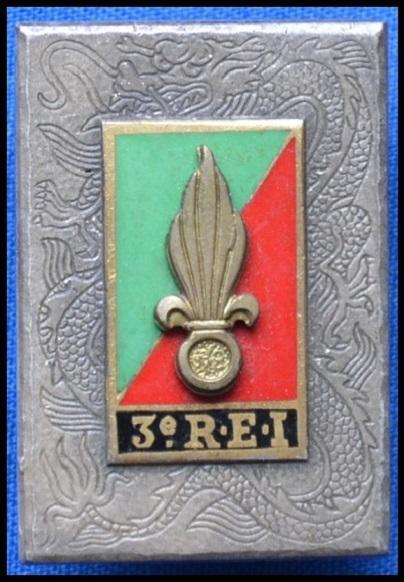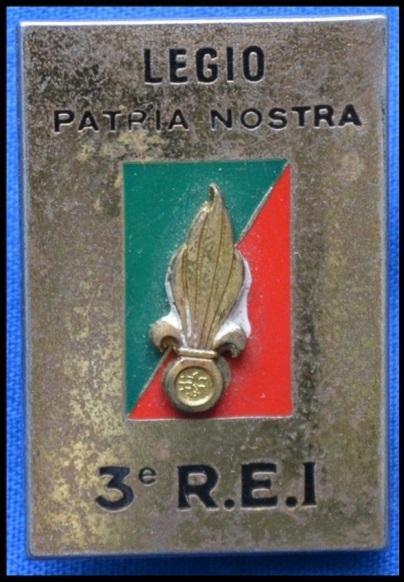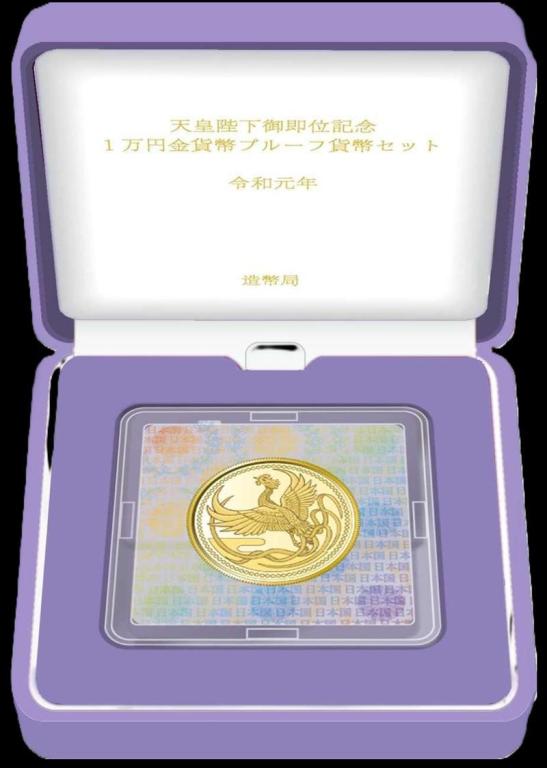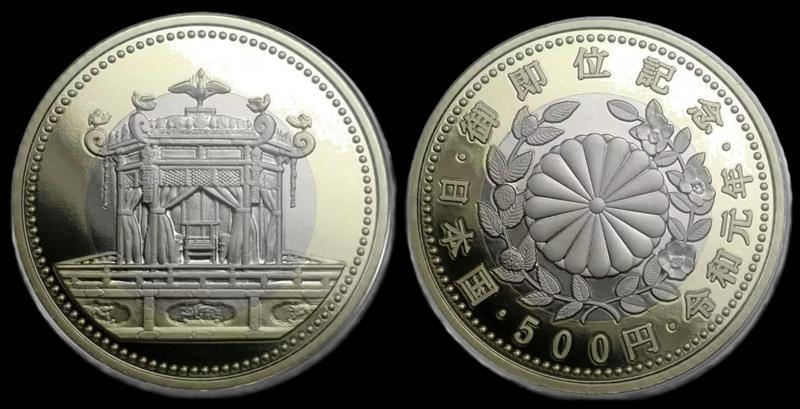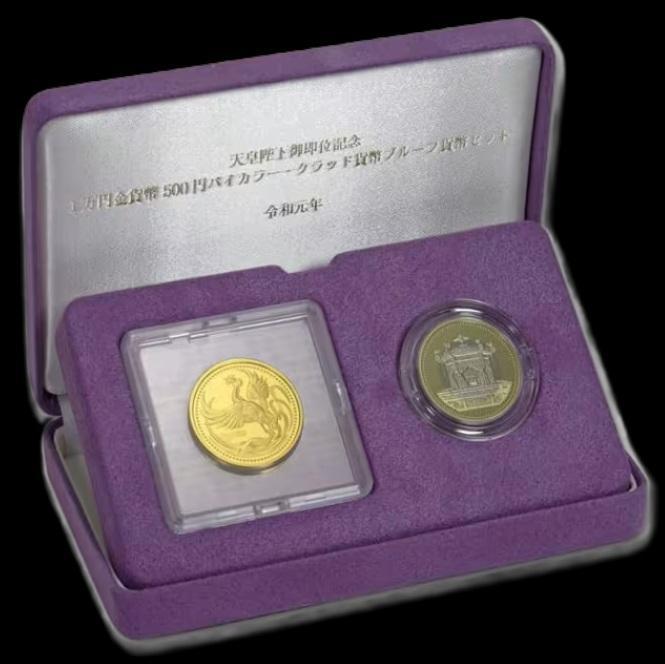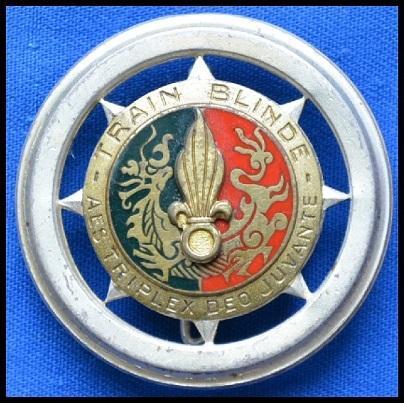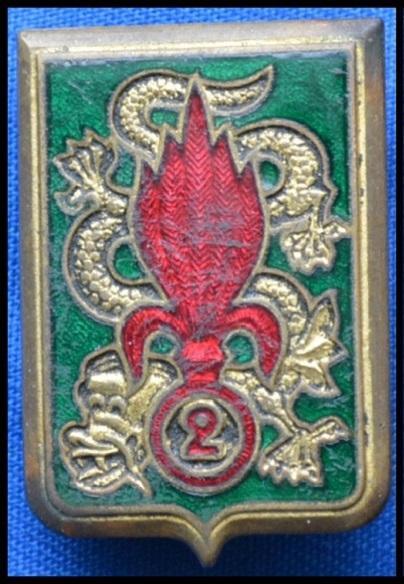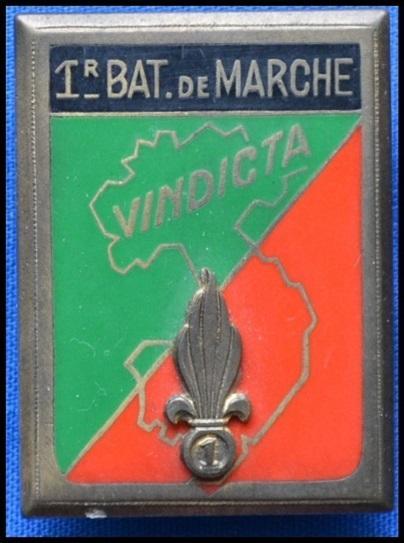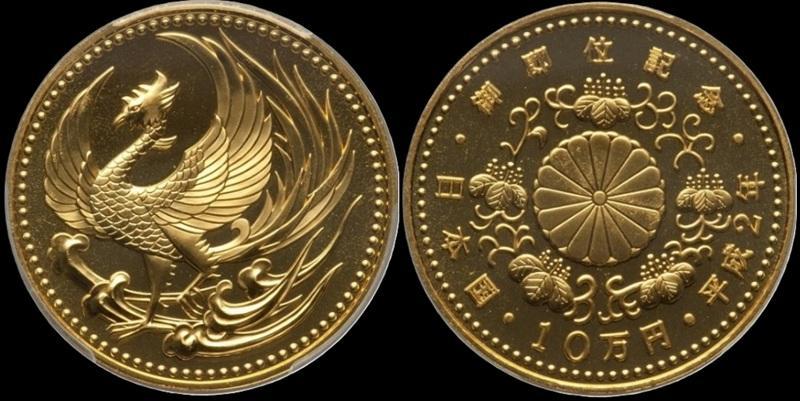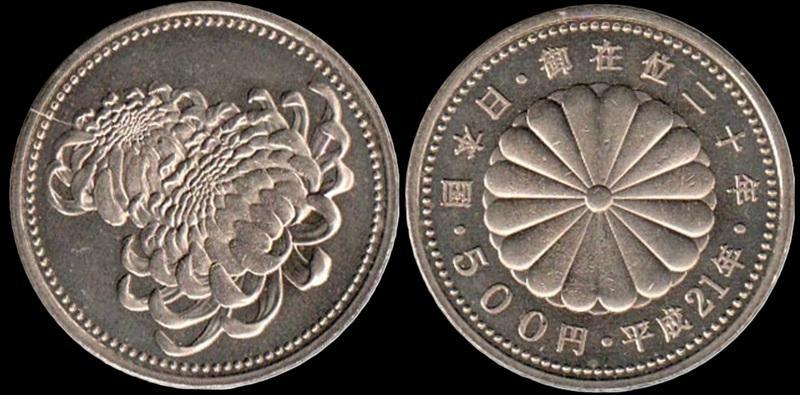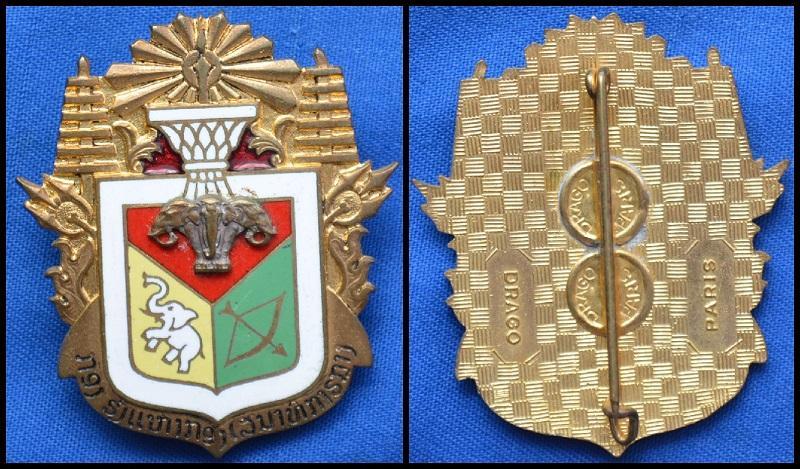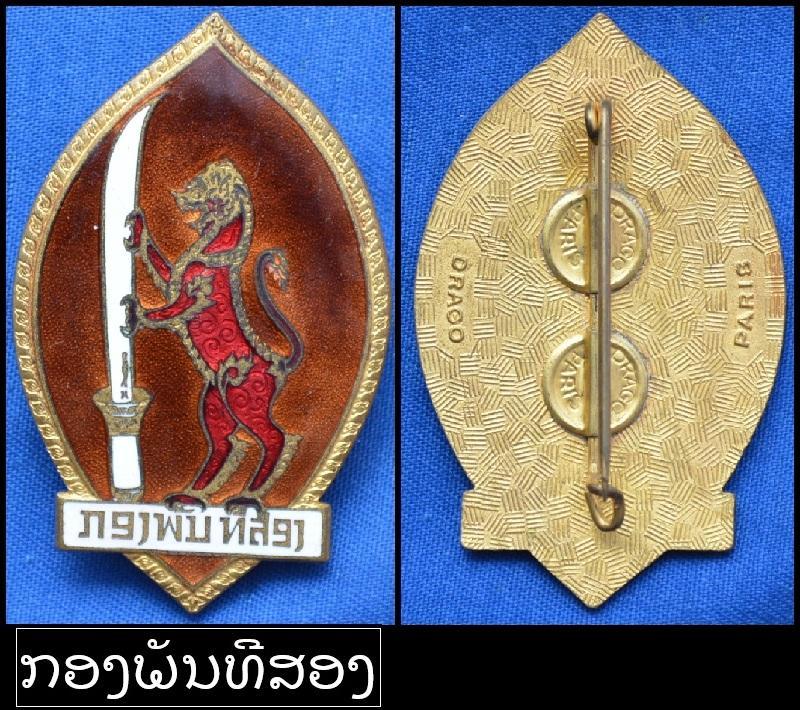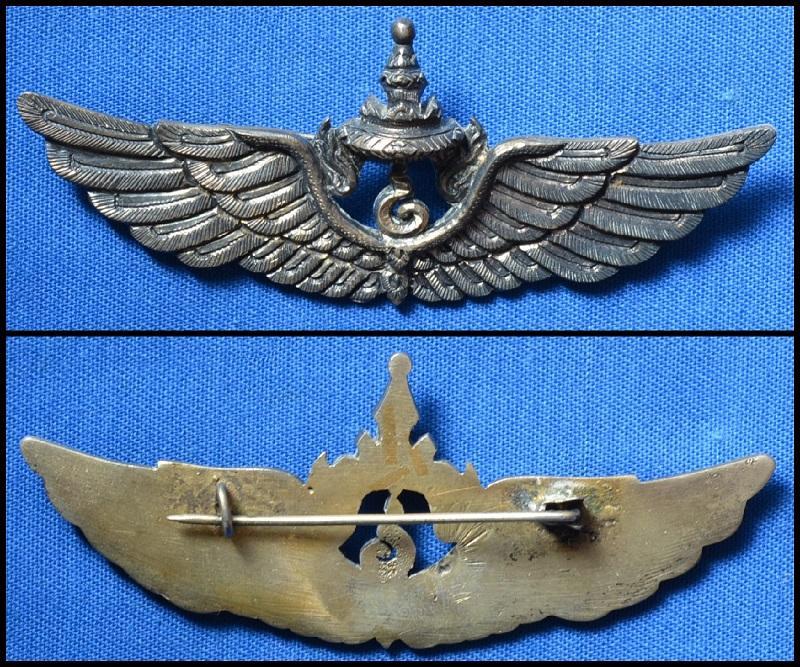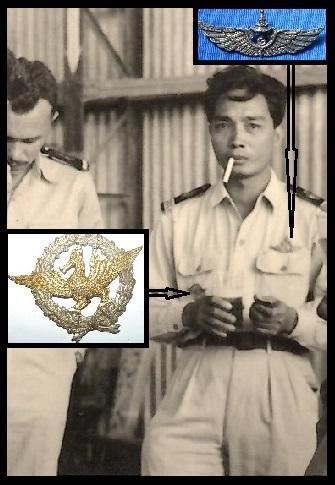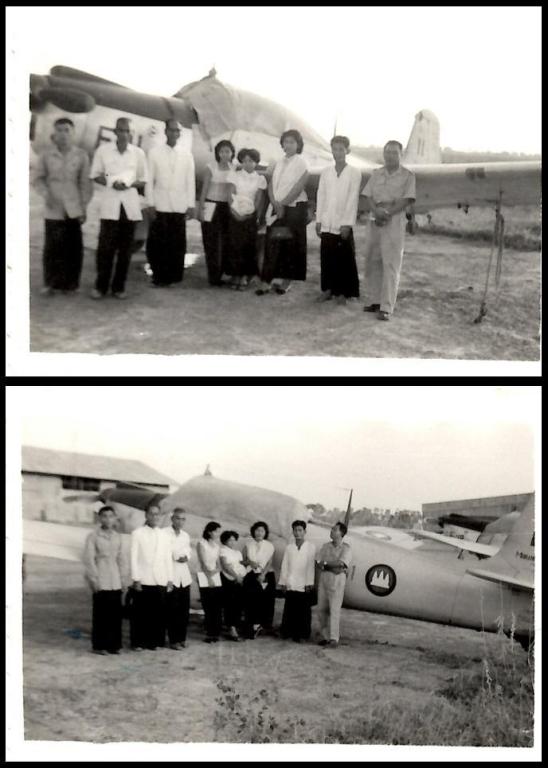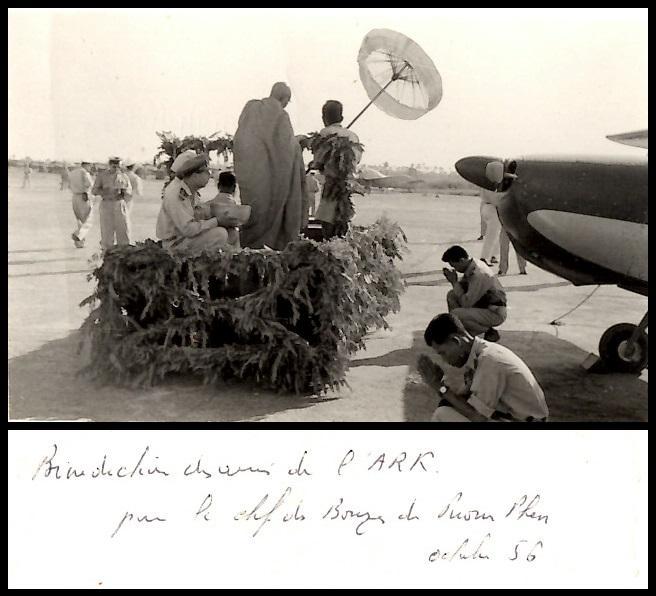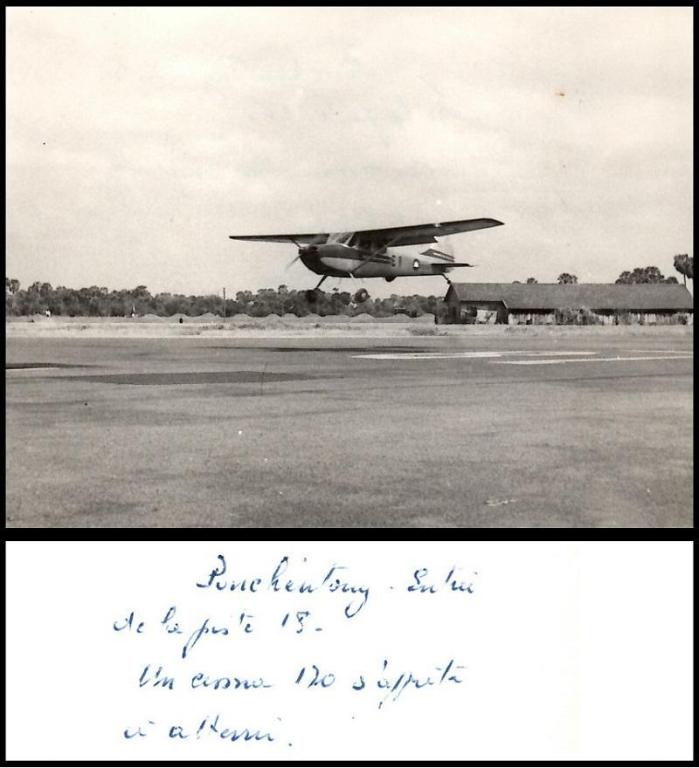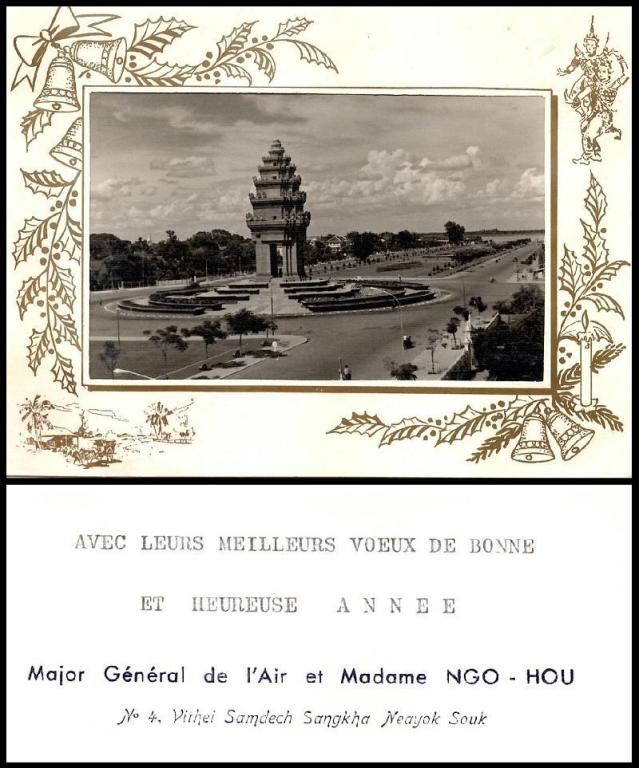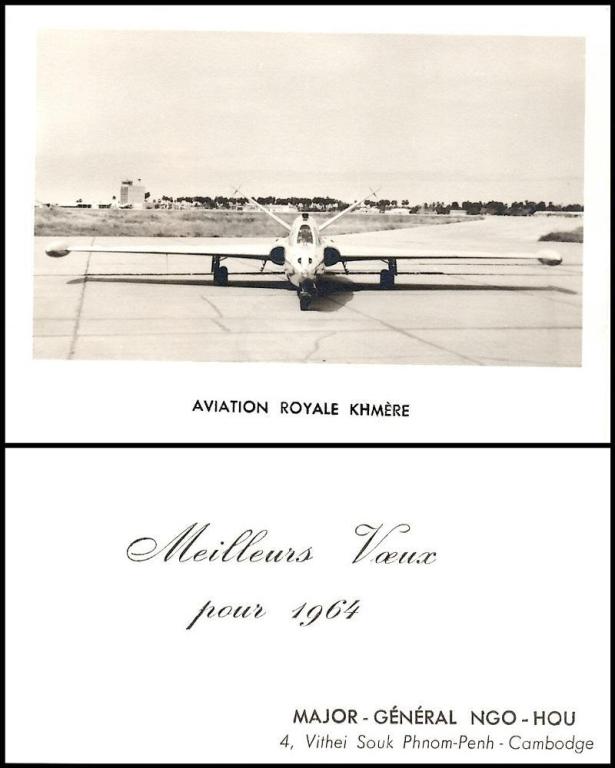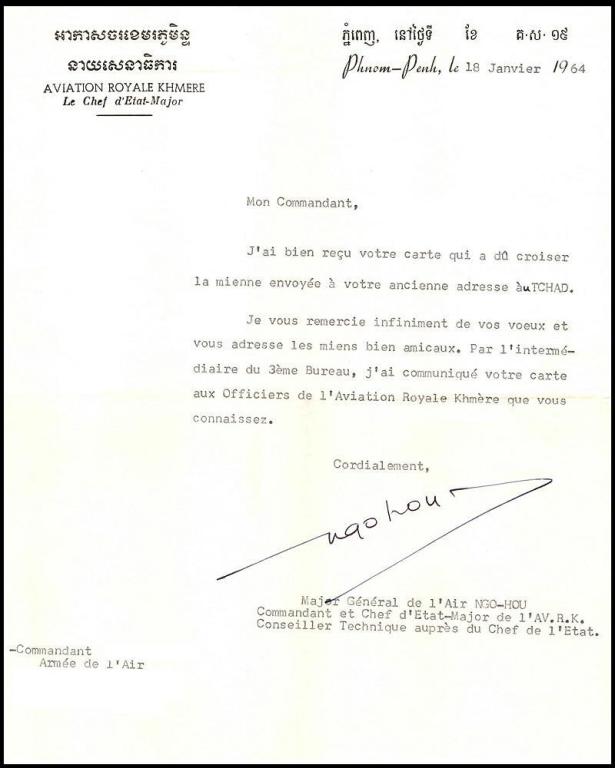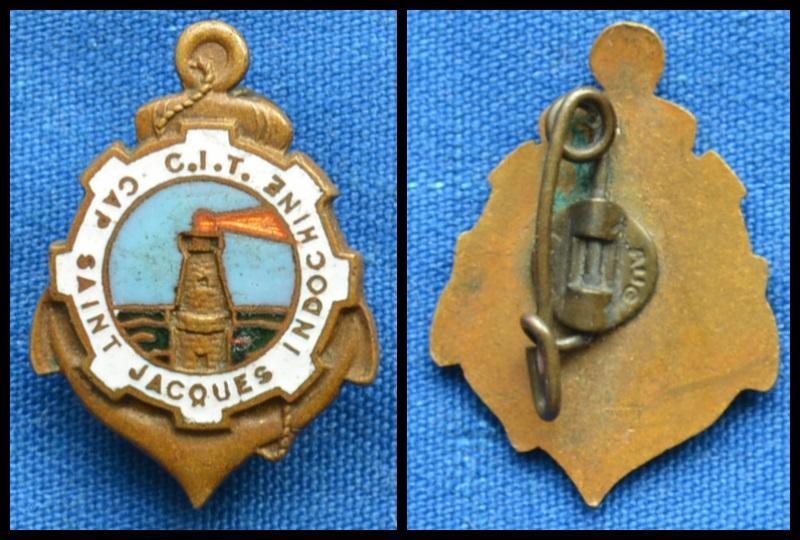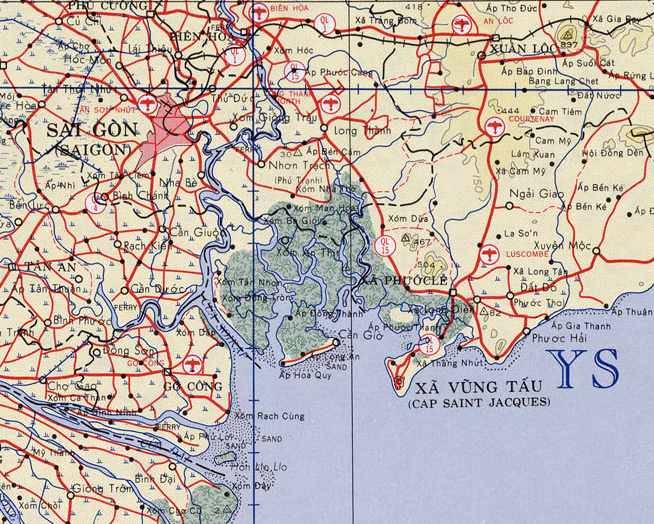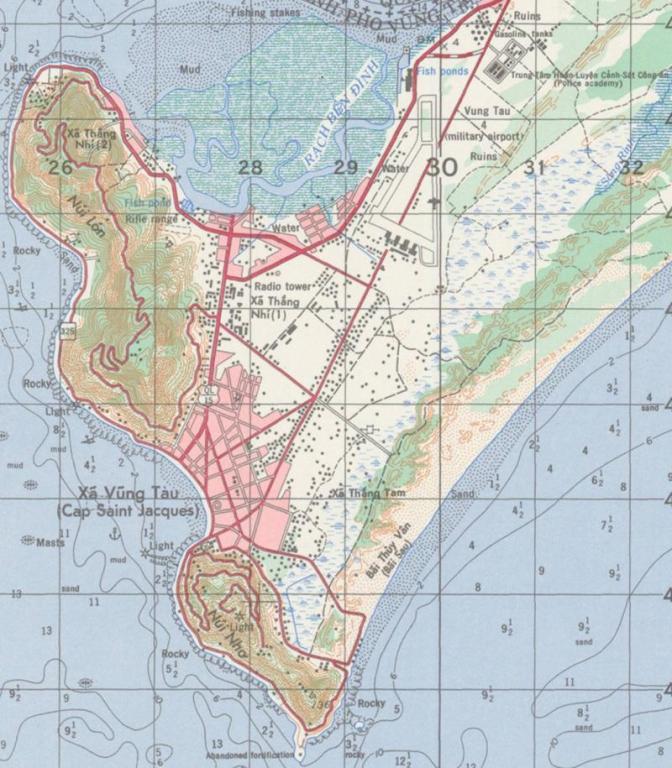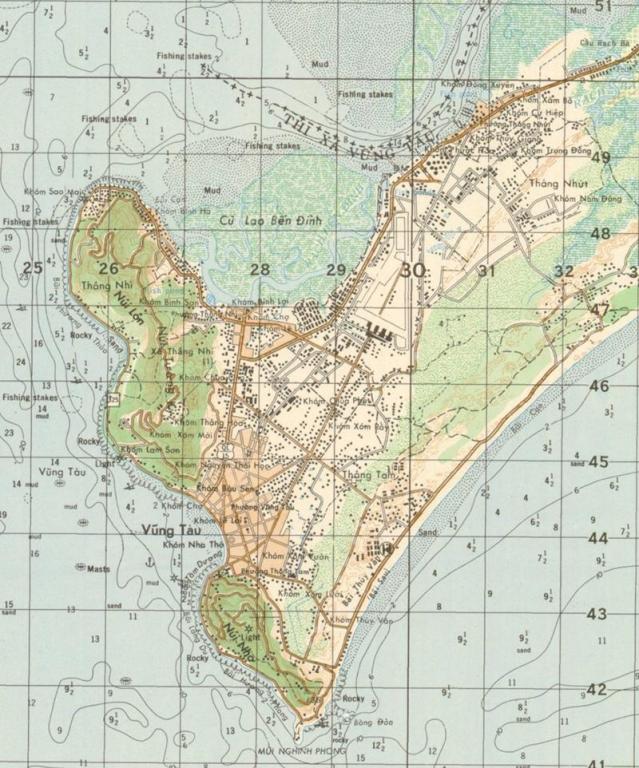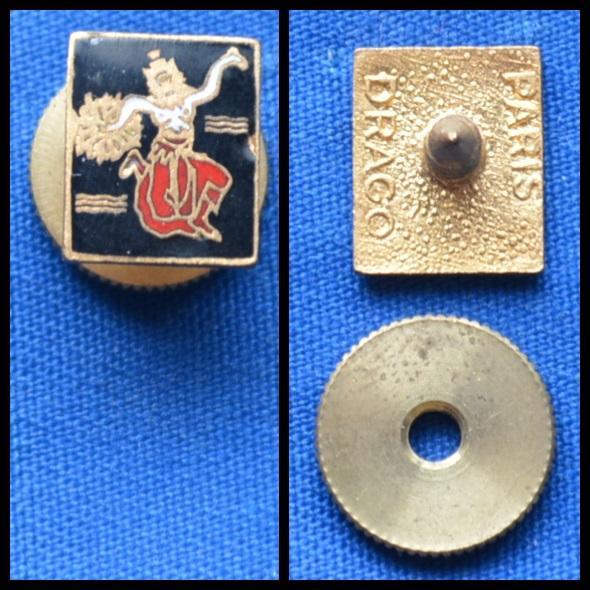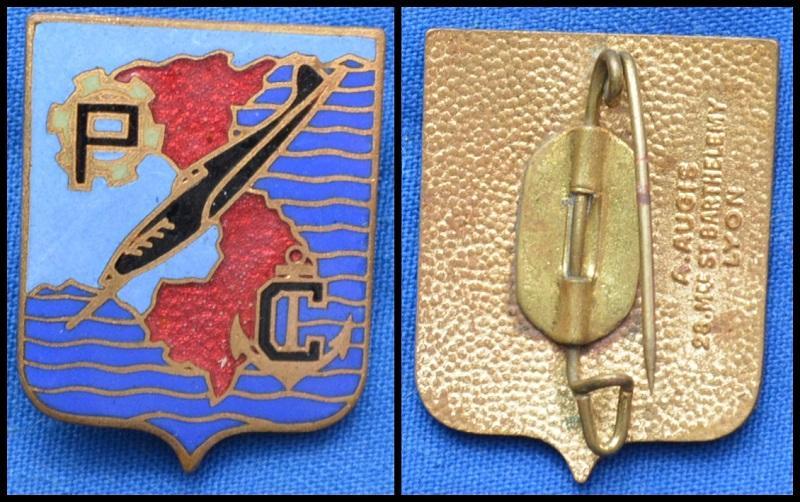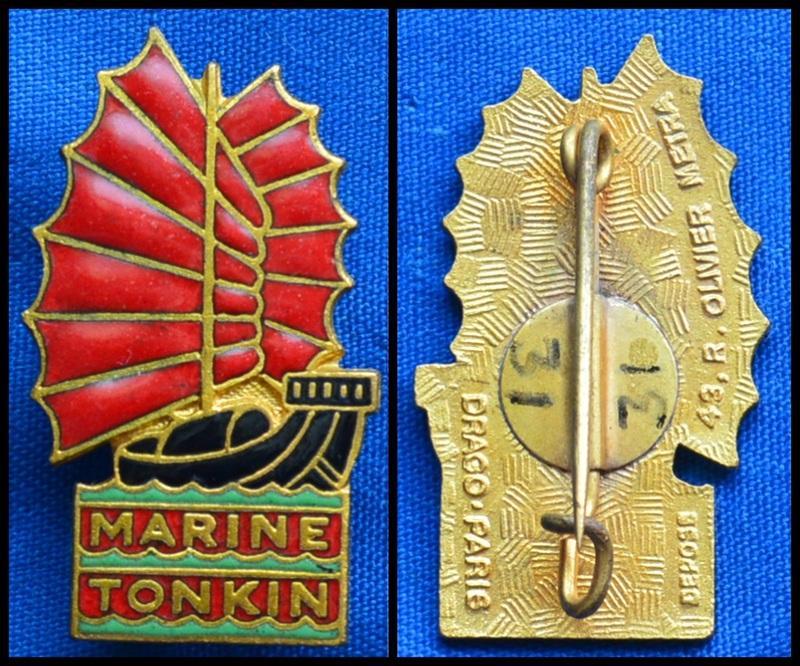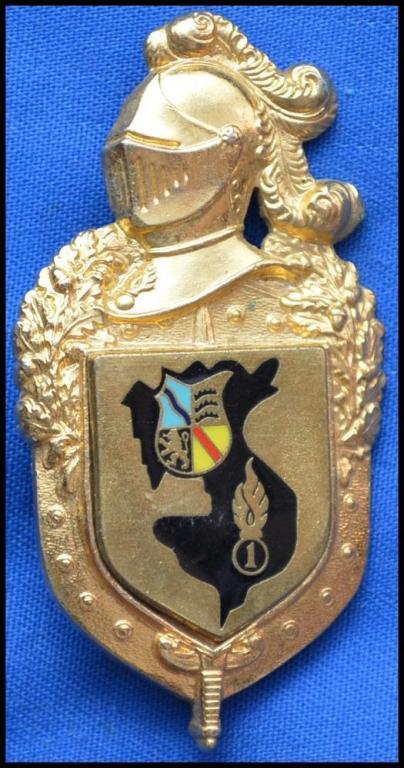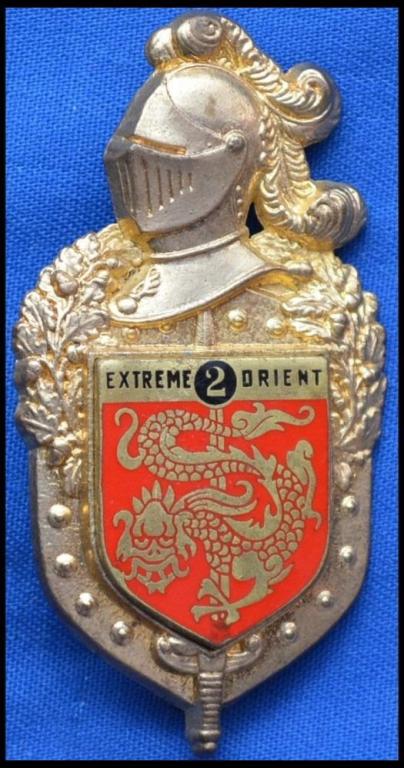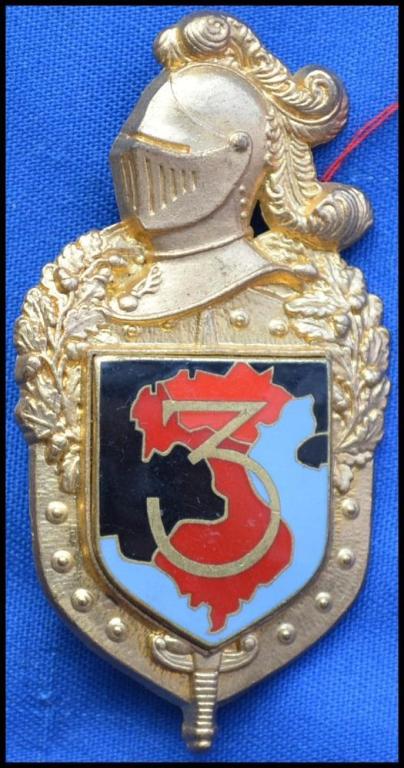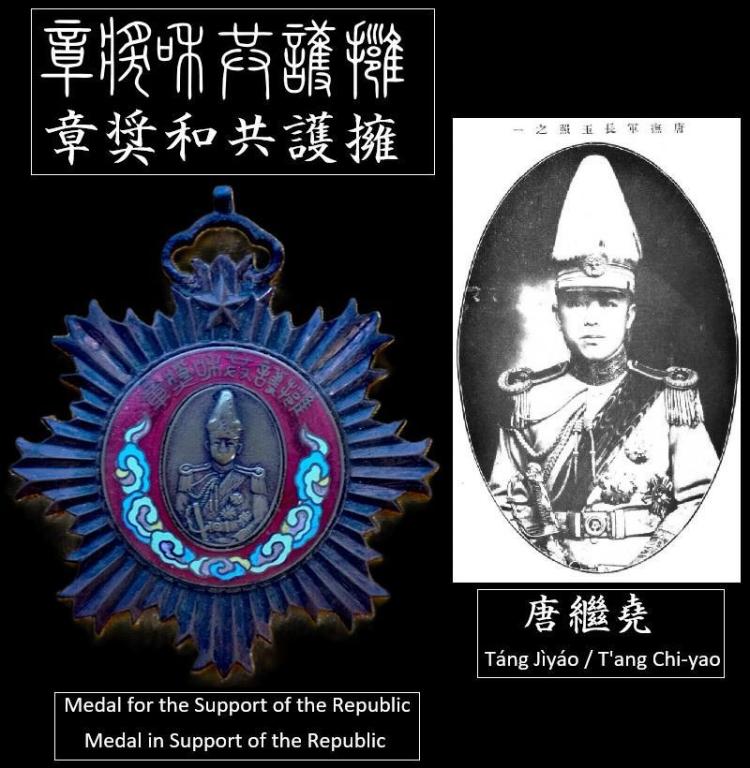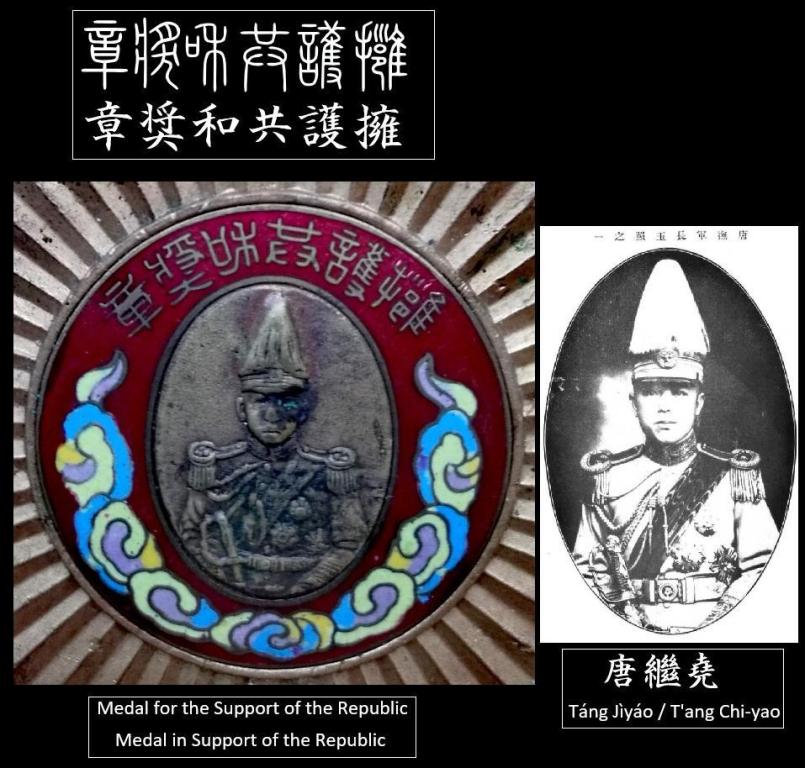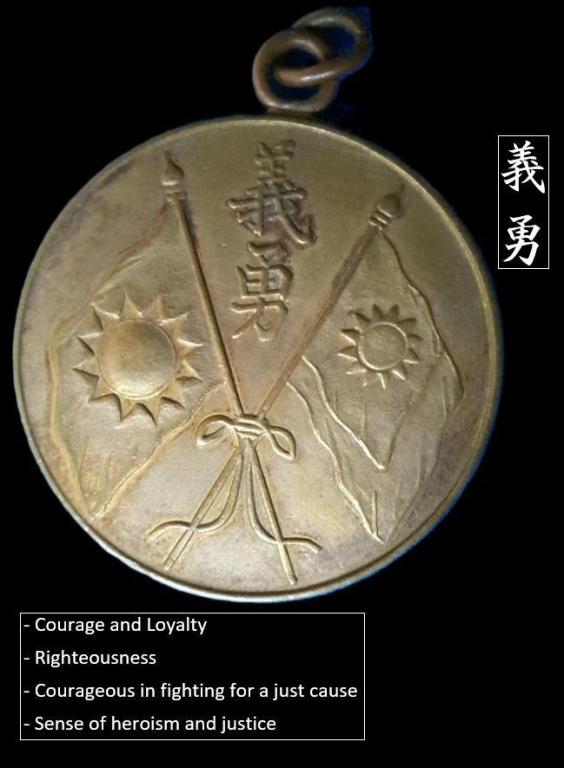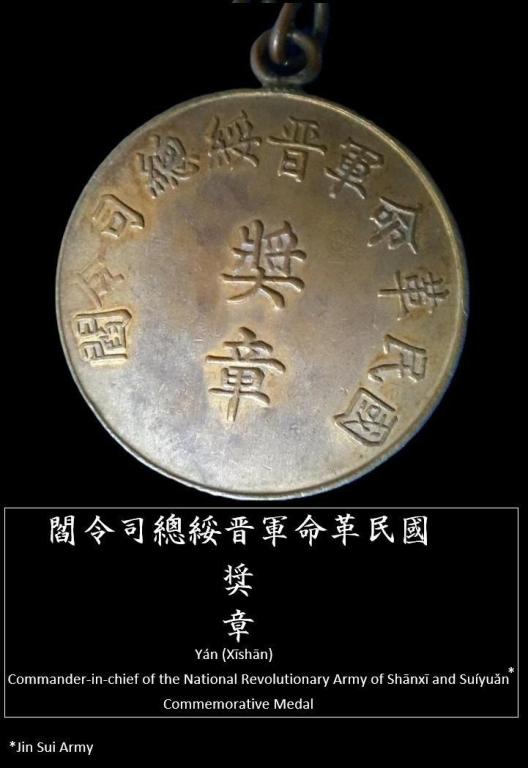-
Posts
1,309 -
Joined
-
Last visited
-
Days Won
28
Content Type
Profiles
Forums
Blogs
Gallery
Events
Store
Everything posted by No one
-
Dear Gentlemen, The insignia of the 1st Foreign Cavalry Regiment (1er Régiment Etranger de Cavalerie - 1er R.E.C.) : "Nec pluribus impar" : "A nul autre pareil" : "To none other equal" 1st Foreign Cavalry Regiment - Wikipedia Yours sincerely, No one
-
Dear Gentlemen, The insignia of the 5th Foreign Infantry Regiment type 2 (5e Régiment Etranger d’Infanterie - 5e R.E.I.) : - Les Maréchaux de la Légion. L'odyssée du 5e Etranger (1940-1945) .Pierre Sergent: Yours sincerely, No one
-
Dear Gentlemen, The insignias of the 3rd Foreign Infantry Regiment (3e Régiment Etranger d’Infanterie - 3e R.E.I.) : Yours sincerely, No one
-
Dear Gentlemen, - 10,000 Yen gold coin issued in 2019 to commemorate Emperor Naruhito’s enthronement: - 500 Yen coin issued in 2019 to commemorate Emperor Naruhito’s enthronement: The set: What is interesting is that the 10,000 Yen gold coin (50,000) was sold ... 140,555 yen (tax included), and the set of gold coins and copper coins (30,000 sets) was 142,593 yen (tax included). The reason for the high price was that it used 20 grams of pure gold, and the price of pure gold as of May 13, 2019 was 4953 yen. The cost of the material alone was equivalent to 909,060 yen. Yours sincerely, No one
-
Dear Gentlemen, The insignia of the "Armoured Train" of the 2nd Foreign Infantry Regiment ("Train Blindé" du 2e Régiment Etranger d’Infanterie) : "Aes Triplex Deo Juvante" = "Triple Alloy, God Aiding" Armoured Train of the Foreign Legion - Wikipedia Yours sincerely, No one
-
Dear Gentlemen, The insignia of the 2nd Foreign Infantry Regiment (2e Régiment Etranger d’Infanterie - 2e R.E.I.) : Yours sincerely. No one
-
Dear Gentlemen, - 100,000 Yen gold coin issued in 1990 to commemorate the enthronement of Emperor Akihito. - 500 Yen coin issued in 1999 to commemorate the tenth anniversary of Emperor Akihito’s enthronement. - 10,000 Yen coin issued in 2009 to commemorate the twentieth anniversary of Emperor Akihito’s enthronement. - 500 Yen coin issued in 2009 to commemorate the twentieth anniversary of Emperor Akihito’s enthronement. - 500 Yen coin issued in 2019 to commemorate the thirtieth anniversary of Emperor Akihito’s enthronement (last coin of the Heisei era). Pictures courtesy of the Japan Mint. Yours sincerely, No one
-
1
-
Dear Gentlemen, The insignia of the 2nd Lao Infantry Battalion (2e Bataillon d'Infanterie Lao), Drago Paris: Yours sincerely, No one
-
Dear Gentlemen, The insignia of the Coast guard N° 6 (Garde Côte N° 6), miniature, Drago Paris: Yours sincerely, No one
-
Dear Gentlemen, The insignia of the Colonial Park 482 (Parc Colonial 482 - P.C. 482) Bien Hoa / Biên Hòa / 边和, former Regional Park 482 (Parc Régional 482 - P.R. 482), same insignia only the "C" replaces the "R", homologation of PR 482: 2076/EMAA on June 2, 1948, A.Augis 28 Mee St Barthélémy Lyon: Yours sincerely, No one
-
Dear Gentlemen, The insignia of the South Indochina Amphibious Flotilla (Flottille Amphibie Indochine Sud), A.Augis 28 Mee St Barthélémy Lyon: Yours sincerely, No one
-
Dear Gentlemen, The insignia of the Navy Tonkin (Marine Tonkin), Drago-Paris 43, R. Olivier Metra Déposé: Yours sincerely, No one
-
Dear Gentlemen, - 1st Marching Legion of the Republican Guard (1re Légion de la Garde Républicaine de Marche), homologué H 374 in 1948: - 2nd Marching Legion of the Republican Guard (2e Légion de la Garde Républicaine de Marche), homologué H 375 in 1948: - 3rd Marching Legion of the Republican Guard (3e Légion de la Garde Républicaine de Marche), homologué H 376 in 1948: La Gendarmerie dans la guerre d’Indochine - Gendinfo Gendarmerie : Indochine et Gendarmerie ; un siècle de sacrifice - Persée Yours sincerely, No one
-
Dear Gentlemen, The insignia of the Detachment of Administrative Clerks and Workers in the Far East (Détachement des Commis et Ouvriers d'Administration en Extrême-Orient), homologué H 617 in 1948, Drago-Paris-Nice 25, Rue Beranger Déposé: The administrative clerks and workers are part of the main executive bodies specific to the organization of the Intendance (Supply Corps). Yours sincerely, No one
-
-



